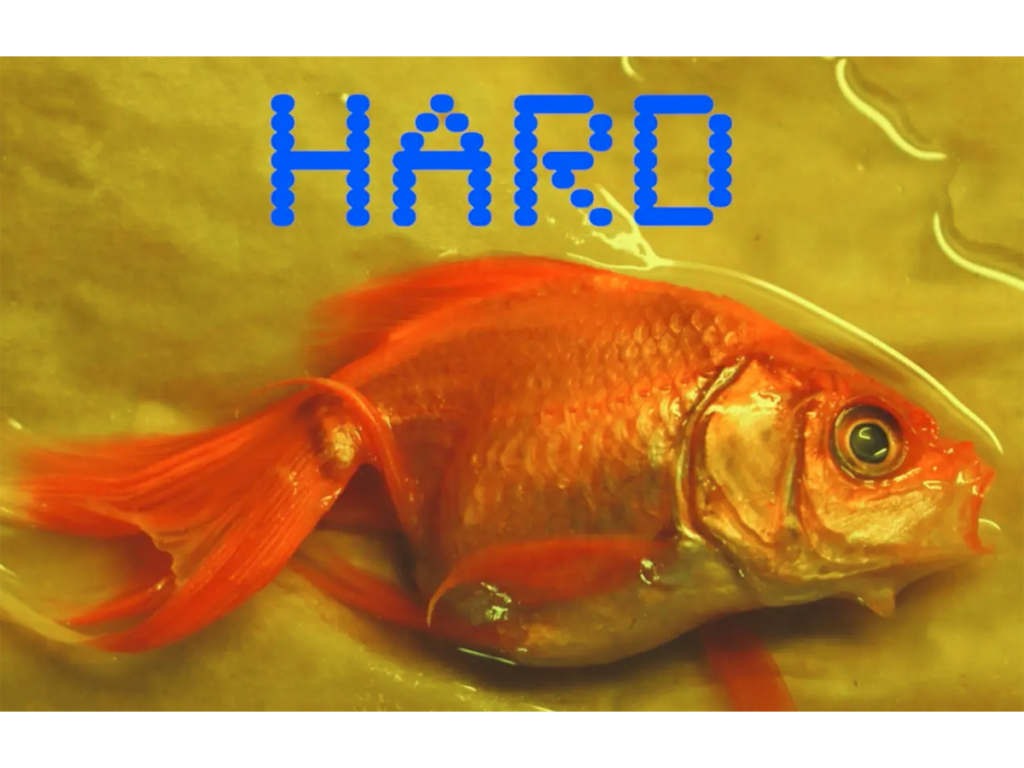Your Class Assignment: Scare Us

Make a scary scene. That’s the assignment Joe Maggio gave to the students of his Directing Image + Sound class.
“I think the scary scene is a great assignment because it forces the director to create a very specific emotional effect, in this case, fright,” said Maggio, assistant professor of Visual & Media Arts.
“Setting out to scare the audience, there are concrete steps and specific techniques you can use to create that very singular effect, like the over-the-shoulder, point-of-view tracking shot that moves around corners so the audience sees what is around the corner at the same time as the character, which makes us (the audience) extremely uneasy and ratchets up the tension.”
The class studies what makes a scene scary, including the use of darkness, or jarring bits of score or sound to punctuate and startle the viewer. They look at clips from movies such as It Follows, The Exorcist, The Conjuring, and Insidious. They also see samples from Bitter Feast, a horror movie Maggio made, so he can speak with precision and honesty on how to build specific shots and effects.
“We study these techniques and then the students test them out in their scary scenes. I refer to all of these techniques as tools to be stored away in the students’ directing tool kit,” said Maggio. “Maybe they’ll never use them. But I’d like the students to start seeing themselves as craftspeople, as storytelling carpenters, who have the skills and tools to build any kind of scene or story necessary.”
Here are three scary scenes created by the students:
Gloria Cao ’23 was inspired by the Japanese horror film Kairo, and used sound effects and music from it, too. The Thai horror film 3 A.M. also influenced her scene.
“I wanted to make an atmospheric horror short with some jump scares. I chose to set it in a storage room because of its claustrophobic nature and it was accessible to me,” said Cao. “The space gives me a lot of creative potential. I used some jump scare sounds from Insidious and Kairo, but I had a specific vision as to what kind of score/music I wanted. I wanted it to be somewhat instrumental and choir-like music.”
Jonny Ross ’22 decided to create his scene in the actor’s basement after feeling it was an atmospheric and unsettling location. He said he was inspired by Japanese avant-garde film directors Shūji Terayama and Toshio Matsumoto, and added “hints” of Tsai Ming-liang and Brian de Palma.
Ross wanted to show the “sinister monotony involved in mundane tasks,” such as doing laundry.
“The basement represents the dark guts of the building, the journey to hell residents have to take to wash their clothes,” said Ross.
“The act of laundry can also be quite revealing. You just never know who might be lurking around the corner trying to catch a peak at your underwear. It’s really bizarre to think that just about any stranger can stare at you while you wash your delicates,” said Ross.
Ross created his own music, something he often does for his films.
“I wanted to use music to capture the essences of each space, more particularly the electrical energies/frequencies of the settings. I wanted the apartment building to be teeming with life, each room acting as a vital portion to the biology of the building,” said Ross.
Theodor Holm ’22 decided to use an unusual Bulgarian choir song for his opening montage, and several sounds inspired by films from the 1950s like Night of The Hunter.
He filmed his horror scene on the iconic Acorn Street in Beacon Hill, which is believed to be the most photographed street in the country due to its charming beauty.
“There is so much history and myth surrounding the Beacon Hill area. I knew I wanted to ground my short film around the silence of a city at night. I wanted to shoot it entirely outside, which posed many challenges but I knew in the end the city would become a character of its own,” said Holm.
“I walk by Acorn Street every day, and I have always wanted to film something there. Part of me wanted to see if I could get away with shooting on one of the most famous streets in America without a permit. Acorn Street also has such a distinctive, timeless look. It’s hard to find a street in Boston without cars or other distractions. However, it is so visually striking that it can feel like a film set instead of a real street in the center of Boston.”
Midnight on Acorn Street from Theodor Holm on Vimeo.
Taylor Young ’21 wanted to focus on the aspects of hard events that you can learn from in life. And sometimes those experiences can be incredibly scary.
“I wanted to make something based off of the saying ‘There’s no such thing as a bad trip, only hard ones,'” said Young.
Young utilized continuity errors to provide suspense, as well as the common scary movie trope of the bathroom mirror.
Hard – Psychedelic Horror from Taylor Young on Vimeo.
Nick Liden ’23 wanted to make a horror scene with a bit of a funny twist, and did so using classic horror filmmaking elements like POV shots, and ominous over the shoulder looks. He utilized low angles in the basement to create a claustrophobic feeling and to make the protagonist appear larger than life.
“I feel like the most successful scares are paid off by a little laugh,” said Liden, who used spilt milk throughout his film.
“I like the phrase ‘don’t cry over spilt milk,’ I feel like it’s a fun way to look at object permanence, and overall a good way to look at life. I also thought it would be super fun to spill milk all over my kitchen,” said Liden.
Categories